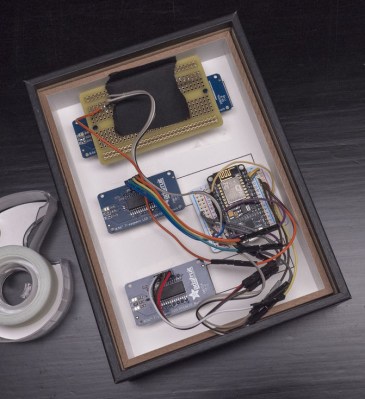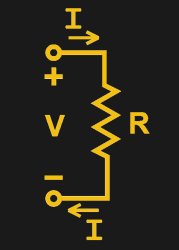Spring is coming to the northern hemisphere, and soon it’ll be nice enough outside to tool around town on your bicycle. But bikes don’t have power outlets, so phone charging on the go will require forethought and charged-up battery packs. It doesn’t have to be that way. You’re working to make the bike move, so why not make the bike work for you?
If you’ve ever used a motor as a generator, then you can see where this is going. That’s the underlying principle behind [Creativity Buzz]’s bike-powered phone charger. As the bike wheel turns, the rim comes in contact with a small wheel attached to the output shaft of a DC motor. Cranking the output shaft of a motor with permanent magnets inside will induce a small voltage, and here it is amplified with a DC-DC boost converter and output to a USB jack.
As long as you can find a way to secure the phone to the bike frame, or use a long cord and good cable management, you’re in business. Wheelie past the break to watch [Creativity Buzz] build it and give it a stationary test run. While you wait for bike-riding weather, you can still use this kind of charger by turning a crank.





















